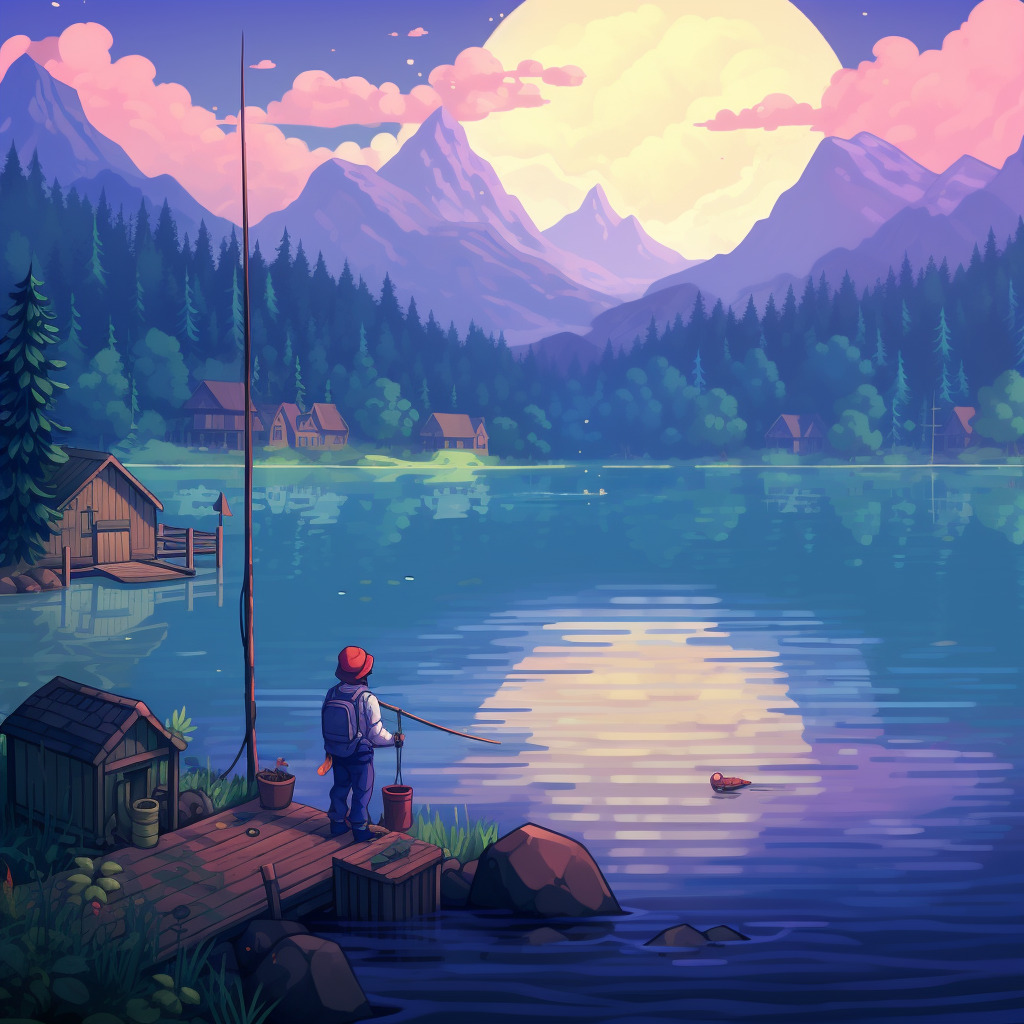
Master Angler’s Guide: Fishing in Stardew Valley
Introduction
Video games have long been celebrated as a form of entertainment, but they can also be approached as an art form and a narrative medium. One game that exemplifies this approach is Stardew Valley, a farming simulation game developed by Eric Barone, also known as ConcernedApe. Stardew Valley not only provides players with a relaxing and immersive gaming experience, but it also incorporates elements of art and storytelling that elevate it beyond a mere game. In this article, we will dive into the game dynamics, aesthetics, and storyline of Stardew Valley, while exploring its cultural relevance and industry impact.
But before we delve into the game itself, let’s take a moment to appreciate the significance of video games as an art form. Just like literature, film, or music, video games have the power to evoke emotions, convey messages, and tell engaging stories. They combine various artistic elements such as visuals, sound design, storytelling, and gameplay mechanics to create a unique and interactive experience. Stardew Valley is a prime example of a game that successfully combines these elements to create a captivating and immersive world.
The World of Stardew Valley
Stardew Valley transports players into a charming and vibrant world where they can escape the hustle and bustle of everyday life and embark on a journey of self-discovery. The game begins with the player inheriting an overgrown and neglected farm in Stardew Valley and the task of restoring it to its former glory. As players interact with the various characters inhabiting the valley, they uncover deep and meaningful narratives that explore themes of friendship, community, and personal growth.
One of the standout features of Stardew Valley is its attention to detail and aesthetics. The pixel art graphics lend a nostalgic charm to the game, reminiscent of classic 16-bit era games. The vibrant color palette and whimsical character designs contribute to the game’s warm and welcoming atmosphere, making players feel like they are stepping into a cozy and idyllic world.
The Power of Choice
One of the strengths of Stardew Valley lies in its freedom of choice. Players have control over how they want to shape their farming life, with a wide range of activities and tasks to engage in. Whether it’s tending to crops, raising animals, mining for resources, or taking part in village events, players can tailor their gameplay experience to suit their preferences.
The game also offers multiple ways to build relationships with the diverse cast of characters. Through dialogue choices and gift-giving, players can deepen their connections with the townsfolk, potentially leading to romantic relationships or lifelong friendships. These interactions not only add depth to the narrative but also reflect the importance of human connections and community.
Cultural Relevance and Industry Impact
Since its release in 2016, Stardew Valley has garnered a devoted fanbase and critical acclaim. Its success can be attributed to its engaging gameplay, nostalgic art style, and rich storytelling. The game’s emphasis on self-care, mental health, and the importance of nature resonates with players of all ages and backgrounds.
Stardew Valley has also had a significant impact on the gaming industry, inspiring a wave of similar indie games that prioritize player choice, relaxation, and meaningful narratives. It serves as a testament to the power of independent game development and the impact that a single developer can have on the industry.
Conclusion
Stardew Valley stands as a shining example of how video games can transcend their role as mere entertainment and become works of art. Its immersive world, captivating aesthetics, and deep storytelling elevate it to a level that resonates with players on a personal and emotional level. As we continue to explore and appreciate video games as a form of artistic expression, it is games like Stardew Valley that remind us of their potential to create meaningful experiences and lasting impact.








